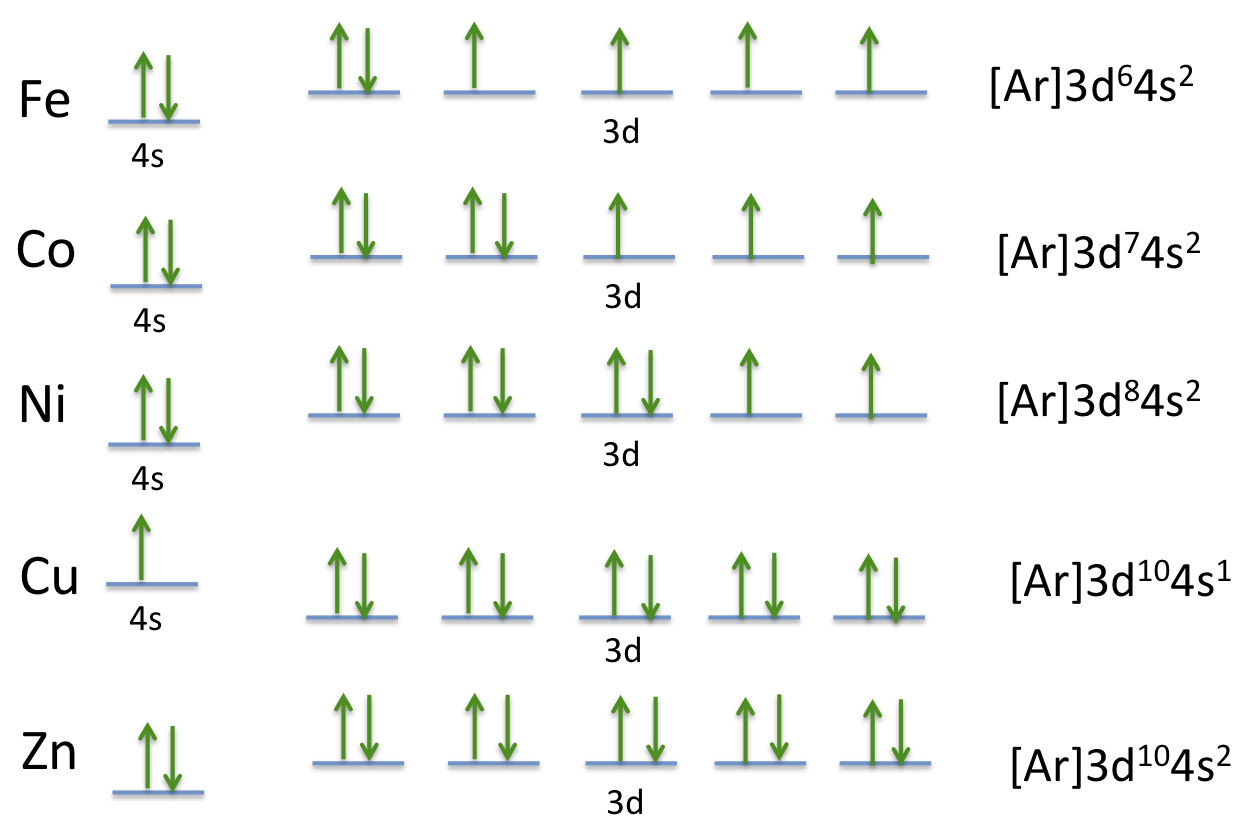

The relative rarity of molybdenum(III), for example, contrasts with the pervasiveness of the chromium(III) compounds. Mo and W chemistry shows strong similarities. Higher oxidation states are more relevant to its terrestrial occurrence and its biological roles, mid-level oxidation states are often associated with metal clusters, and very low oxidation states are typically associated with organomolybdenum compounds. Molybdenum forms chemical compounds in oxidation states −IV and from −II to +VI. In 2008, the Delft University of Technology applied for a patent on the molybdenum-98-based production of molybdenum-99. It is a parent radioisotope to the short-lived gamma-emitting daughter radioisotope technetium-99m, a nuclear isomer used in various imaging applications in medicine. The most common isotopic molybdenum application involves molybdenum-99, which is a fission product. Of the synthetic radioisotopes, the most stable is 93Mo, with a half-life of 4,000 years. All unstable isotopes of molybdenum decay into isotopes of niobium, technetium, and ruthenium. Molybdenum-100 has a half-life of about 10 19 y and undergoes double beta decay into ruthenium-100. Molybdenum-98 is the most abundant isotope, comprising 24.14% of all molybdenum. Of these naturally occurring isotopes, only molybdenum-100 is unstable. Seven isotopes occur naturally, with atomic masses of 92, 94, 95, 96, 97, 98, and 100. There are 35 known isotopes of molybdenum, ranging in atomic mass from 83 to 117, as well as four metastable nuclear isomers. That molecule is a singlet, with two unpaired electrons in bonding orbitals, in addition to 5 conventional bonds. Gaseous molybdenum consists of the diatomic species Mo 2. Like many heavier transition metals, molybdenum shows little inclination to form a cation in aqueous solution, although the Mo 3+ cation is known under carefully controlled conditions. Weak oxidation of molybdenum starts at 300 ☌ (572 ☏) bulk oxidation occurs at temperatures above 600 ☌, resulting in molybdenum trioxide. It does not visibly react with oxygen or water at room temperature. Molybdenum is a transition metal with an electronegativity of 2.16 on the Pauling scale. It has one of the lowest coefficients of thermal expansion among commercially used metals. It has a melting point of 2,623 ☌ (4,753 ☏) of the naturally occurring elements, only tantalum, osmium, rhenium, tungsten, and carbon have higher melting points. In its pure form, molybdenum is a silvery-grey metal with a Mohs hardness of 5.5 and a standard atomic weight of 95.95 g/mol. The variety of crucial reactions catalyzed by these latter enzymes means that molybdenum is an essential element for all higher eukaryote organisms, including humans.Ĭharacteristics Physical properties This is distinct from the fully oxidized Mo(VI) found complexed with molybdopterin in all other molybdenum-bearing enzymes, which perform a variety of crucial functions. These nitrogenases contain an iron-molybdenum cofactor FeMoco, which is believed to contain either Mo(III) or Mo(IV). At least 50 molybdenum enzymes are now known in bacteria, plants, and animals, although only bacterial and cyanobacterial enzymes are involved in nitrogen fixation.

Molybdenum-bearing enzymes are by far the most common bacterial catalysts for breaking the chemical bond in atmospheric molecular nitrogen in the process of biological nitrogen fixation. Industrially, molybdenum compounds (about 14% of world production of the element) are used in high-pressure and high-temperature applications as pigments and catalysts. Most molybdenum compounds have low solubility in water, but when molybdenum-bearing minerals contact oxygen and water, the resulting molybdate ion MoO 2−Ĥ is quite soluble.

It readily forms hard, stable carbides in alloys, and for this reason most of the world production of the element (about 80%) is used in steel alloys, including high-strength alloys and superalloys.
#State of mn element free
The free element, a silvery metal with a grey cast, has the sixth-highest melting point of any element.

Molybdenum does not occur naturally as a free metal on Earth it is found only in various oxidation states in minerals. The metal was first isolated in 1781 by Peter Jacob Hjelm. Molybdenum minerals have been known throughout history, but the element was discovered (in the sense of differentiating it as a new entity from the mineral salts of other metals) in 1778 by Carl Wilhelm Scheele. The name is from Neo-Latin molybdaenum, which is based on Ancient Greek Μόλυβδος molybdos, meaning lead, since its ores were confused with lead ores. Molybdenum is a chemical element with the symbol Mo and atomic number 42 which is located in period 5 and group 6.


 0 kommentar(er)
0 kommentar(er)
